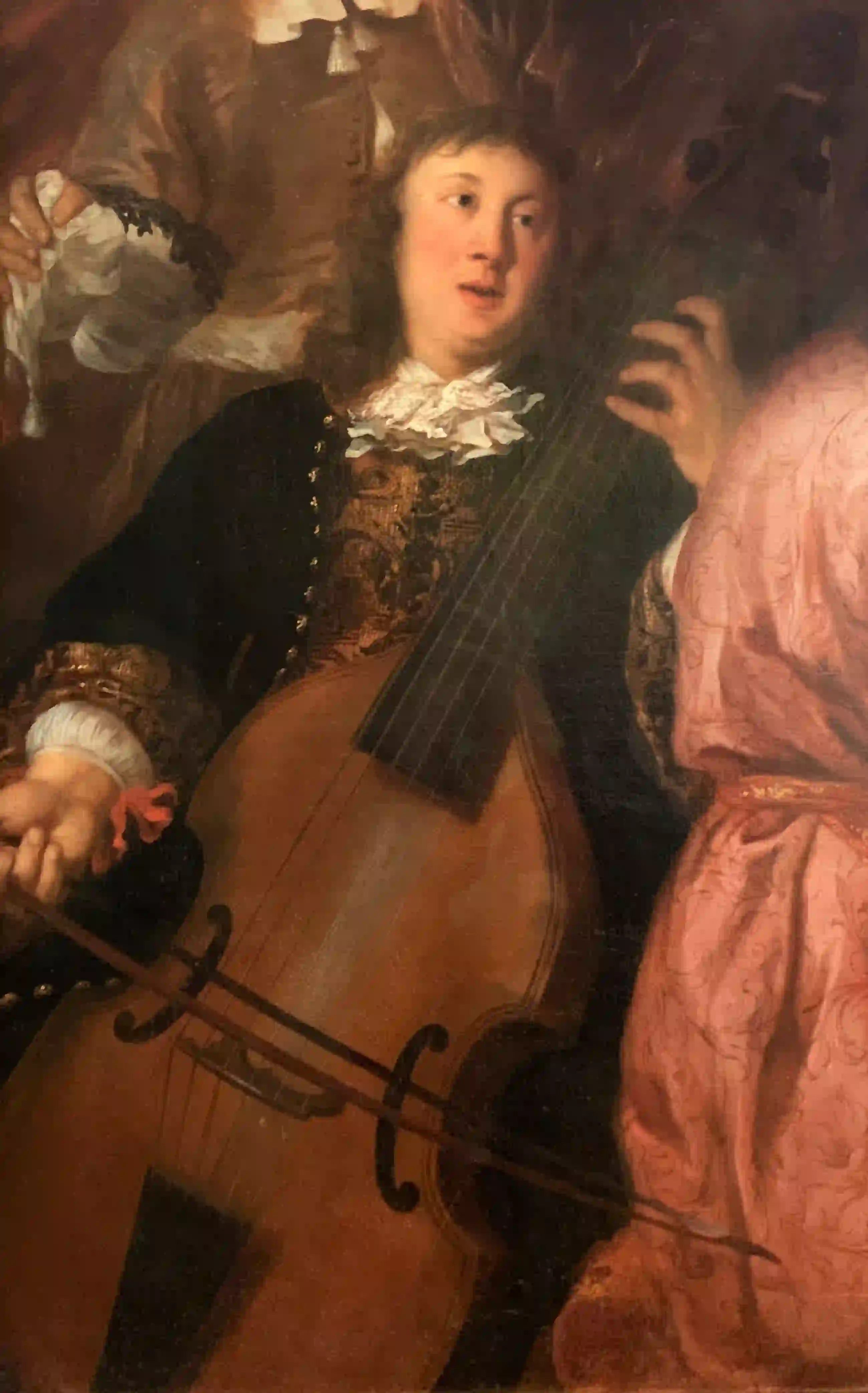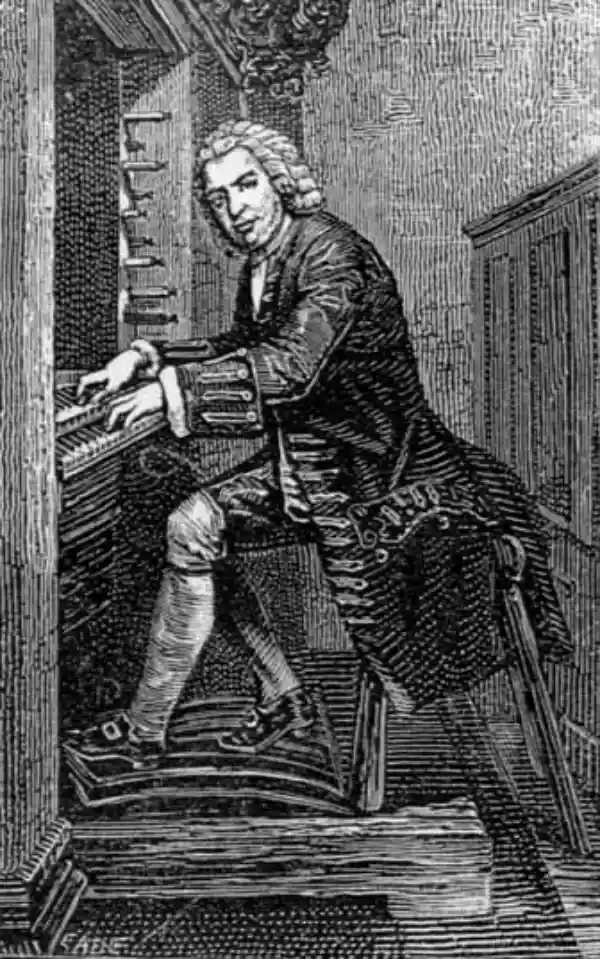Dieterich Buxtehude
Pioneering church music
World-renowned organist and composer
In this Section
Master of North German organ art
Dieterich Buxtehude
Dieterich Buxtehude is one of the great European musical figures of the Baroque period. In 1697, the city guide with the illustrious title "Die Beglückte und geschmückte Stadt Lübeck" (The Blessed and Adorned City of Lübeck) praised his "evening concerts" in St Marien as an event that "happens nowhere else." The approximately 60-year-old Marienorganist was indeed famous far beyond the Holstentor gate of the Hanseatic city. As organist and master craftsman (secretary/accountant) of St Marien, Buxtehude had taken up a position in Lübeck in 1668 that far surpassed his previous positions in Helsingborg and Helsingør in terms of salary and opportunities for development.
Like no other North German organist, he pursued his virtuoso career and realised numerous projects that, unrestricted by liturgical considerations, enabled new and impressive forms of music-making. From 1678 onwards, he presented sacred dramatic works in the "Abendmusiken" (evening concerts) established in Lübeck by his predecessor Franz Tunder, which became known throughout Northern Europe.
When the young Johann Sebastian Bach moved to Lübeck in the autumn of 1705 "to learn a thing or two about his art," it was the multifaceted musical personality of Buxtehude that was the real attraction. During his four decades in Lübeck, the Marienorganist maintained close contacts with Hamburg, where a number of outstanding composers, organists, cantors and music directors belonged to his circle of friends and acquaintances, including Johann Adam Reincken, Johann Theile, Christoph Bernhard and Matthias Weckman. The famous "Musizierende Gesellschaft" (Musical Society) by Johannes Voorhout (1674) is an impressive document of these relationships. Buxtehude is probably depicted playing the viola da gamba in this painting (see detail).
In 1703, George Frideric Handel travelled to Lübeck to explore opportunities for succession to the position. Johann Sebastian Bach (1685-1750) visited Buxtehude at the turn of the year 1705-06 to study his organ playing and possibly also to take part in the famous "Lübeck Evening Music" concerts. Dieterich Buxtehude died on 9 May 1707 and was buried in St Marien. 90 compositions for organ, 21 instrumental sonatas and 125 vocal works by him have survived.

Bach on Buxtehude
I was driven by a particularly strong urge to hear as many good organists as I could, so I set off on foot for Lübeck to listen to the famous organist at St. Mary's Church, Diedrich Buxtehude. I stayed there for almost three months, not without benefit, and then returned to Arnstadt.
I went to Lübeck to learn a thing or two about his art.
Johann Sebastian Bach
about his "educational leave" extended from four weeks to four months
From the obituary of his son Carl Philipp Emmanuel Bach
and his pupil J. F. Agricola,
as well as from the minutes of the Arnstadt consistory meeting on 21 February 1706



